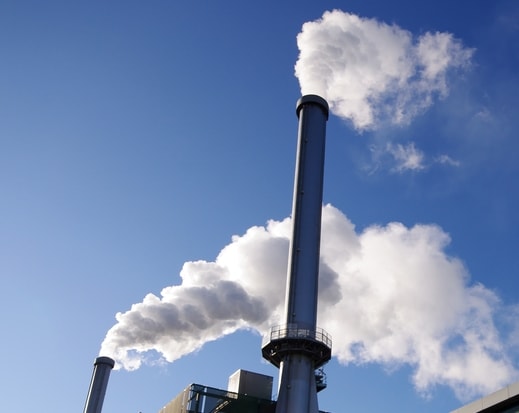
According to the study review, which forms part of a larger research project funded by Public Health England and the Scottish Government looking into waste incinerator emissions, future studies should seek to improve exposure assessment and understanding of potential adverse birth outcomes.
The work is described as a “systematic” review of epidemiologic studies evaluating the relationship between waste incineration and the risk of adverse birth and neonatal outcomes.
It was carried out by three researchers from Imperial College London’s School of Public Health – Danielle C. Ashworth, Professor Paul Elliot and Dr Mireille B. Toledano – and was first made available in the journal Environmental International last year*.
The authors used online study databases to search for items relating to incineration, birth, reproduction, neonatal and congenital anomalies, yielding 14 studies encompassing a range of outcomes, including birth weight, twinning, stillbirths, sex ratio and infant death.
The findings of each of the studies were then discussed and critically evaluated by the Imperial College London team.
‘Weak associations’
According to their review, the evaluation of studies focusing on congenital anomalies (also known as birth defects) reported “no association with proximity to or emissions from waste incinerators and ‘all anomalies’”.
However, it did find “weak associations for neural tube [an embryo’s nervous system] and heart defects and stronger associations with facial clefts and urinary tract defects”.
But the review adds that there is “limited evidence for an association between incineration and twinning and no evidence of an association with birth weight, stillbirths or sex ratio, but this may reflect the sparsity of studies exploring these outcomes”.
According to the review, the current evidence base is inconclusive and limited by “problems of exposure assessment, possible residual confounding, lack of statistical power with variability in study design and outcomes”.
Nevertheless, authors said they managed to identify “a number of higher quality studies reporting significant positive relationships with broad groups of congenital anomalies, warranting further investigation”.
The study review concludes: “Future studies should address the identified limitations in order to help improve our understanding of any potential adverse birth outcomes associated with incineration, particularly focussing on broad groups of anomalies, to inform risk assessment and waste policy.”
Incinerator health study project
The review forms part of an as-yet-unfinished PHE and Scottish Government project, first announced in January 2012 in response to public concern over the potential health impacts of waste incinerators, which will bring together a number of different research studies and is set for publication in full next year.
Other research studies in the project are also looking at various health outcomes and pollutants linked to waste incinerators, including one recent study of four UK facilities which were found to contribute “very little” to local particulate matter levels (see letsrecycle.com story).
A spokesman for PHE said: “The incinerator study is an ongoing programme of research and findings will be published as a series of peer-reviewed papers rather than as a single report. This paper is part of that work.
“The study authors will be submitting further papers to journals later in 2015, so results will not be available until 2016. The exact timing of the peer-review and publication process is dependent on the journals and not in the control of researchers.”
* Environment International, Volume 69, August 2014 Elsevier.










Subscribe for free